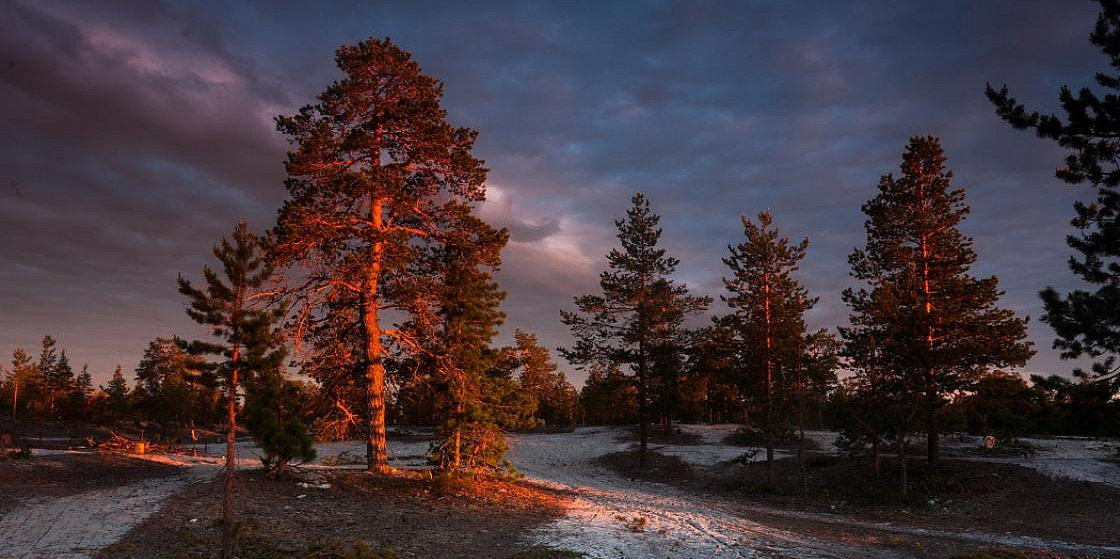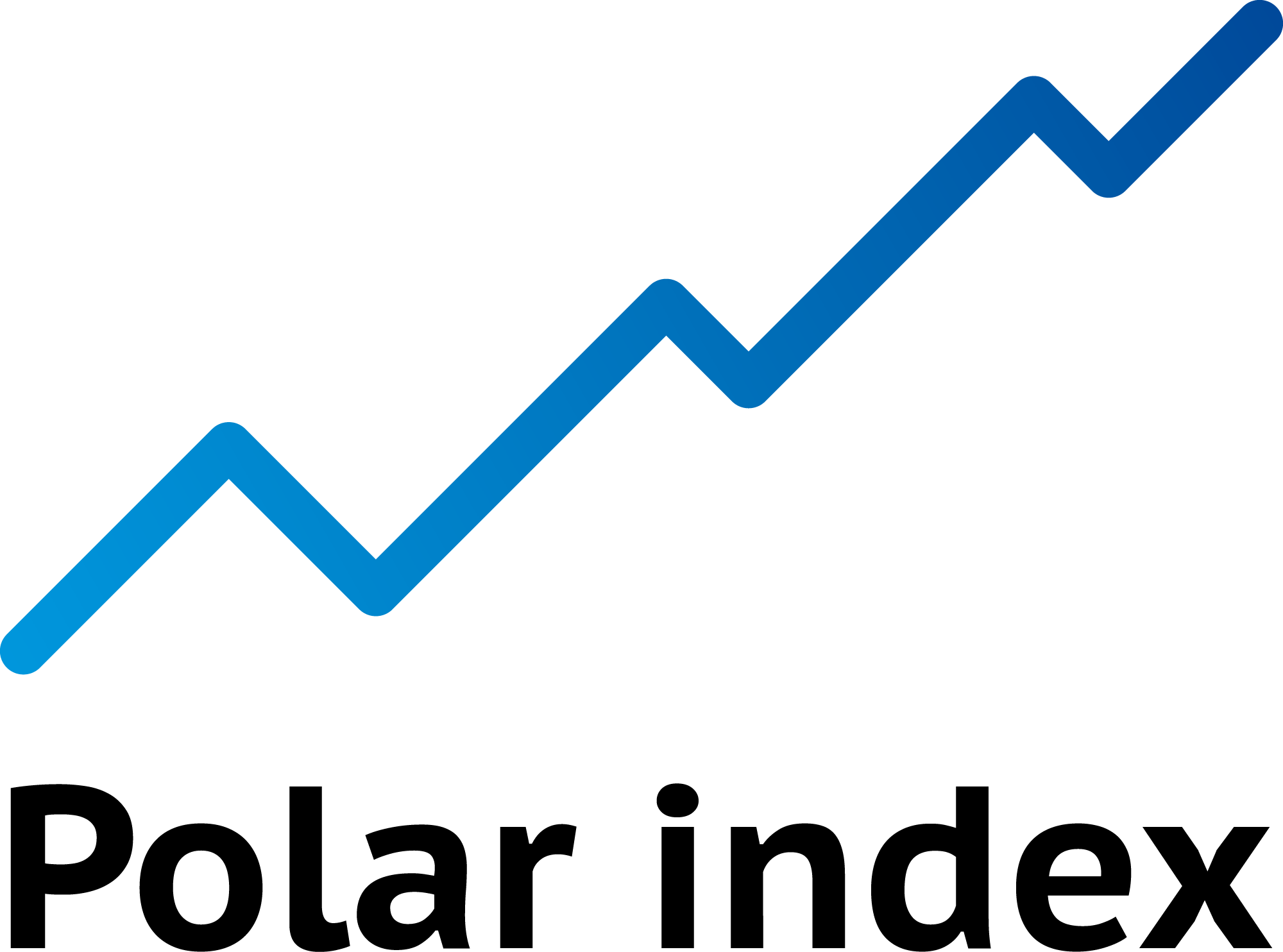
Photo: Golovin Georgiy/GeoPhoto.ru
Fighting Blazes, Permafrost Monitoring and Mineral Exploration
In his recent interview to RBC, a Russian business news agency, Alexander Kozlov, Minister for Natural Resources and Environment, gave his view on key challenges and tasks faced by his Ministry in the Russian Arctic and Far East.
In addition, Mr. Kozlov revealed that the Ministry has embarked on a program aiming to digitize all geological data as well as data pertaining to licenses granted by the government to mining and oil/gas drilling companies throughout the years. This initiative will help the Government to take stock of the overall situation in the mining sector and better manage the use of natural resources in future.
It can be added that PORA has taken steps to tackle some of the issues mentioned by Minister Kozlov in his interview. For instance, one of our priority projects is Not-So-Permanent Permafrost, an initiative aiming to spread best practices in industrial design and construction in the Arctic. Another PORA’s project of this kind is the Barents Region Environmental Map, an interactive online tool for mapping the issues caused by industrial activities in the region concerned.
The wildfires that have stricken Russia’s Far East proved to be a tough challenge for the federal and regional first response services
In the Yakut Republic, the worst-hit region of Russia, blazes destroyed some seven million hectares (17.3 million acres) of forest. According to Minister Kozlov, it was the unprecedentedly high temperature that was mainly responsible for the magnitude of the disaster -- a factor further aggravated by strong winds that had affected this part of the country. The joint effort of firefighters from across Russia assisted by volunteers and the personnel of the Emergency Ministry and the Army helped extinguish 739 wildfires in a territory 33 times larger than the total area affected by fires in Russia in 2020. The Ministry believes that, in light of global climate change, next year’s summer season is likely to be as challenging as that of 2021. To respond to the challenge, some steps are being taken beforehand. A task force “North” comprising top-trained smokejumpers and helicopter crews has been created to fight fires specifically in the northern regions of Russia. The Government has allocated an additional sum of eight billion rubles to fund emergency services. In addition, ministries and agencies concerned are working together to come up with amendments aiming to improve the legislation as regards first response services.Another important concern of the Ministry is dealing with thawing permafrost driven by the Arctic climate change
As the first step, a comprehensive monitoring system composed of 140 stations will be set up in the Russian Arctic, Alexander Kozlov says. The bill on this matter is expected to be passed by the Russian Parliament this autumn. The system will be tasked with tracking down and predicting changes related to permafrost degradation in order to secure operational reliability of structures built on permafrost and prevent incidents and disasters. The deployment of the system will be partially funded by private companies operating in the High North such as Nornickel.The Ministry is also focused on increasing the knowledge of the natural riches contained by the Russian Arctic
It has been tasked to see that at least 300 new mineral deposits and more than 200 new oil and gas fields are discovered by 2030. To this end, the state-owned Russian prospecting agency will receive a tranche of 15 billion rubles, which is expected to cover its immediate exploration-related expenses. As Minister Kozlov stated, each ruble invested in prospecting brings some 195 to 325 rubles in budgetary revenues and taxes, depending on the type of resource explored.In addition, Mr. Kozlov revealed that the Ministry has embarked on a program aiming to digitize all geological data as well as data pertaining to licenses granted by the government to mining and oil/gas drilling companies throughout the years. This initiative will help the Government to take stock of the overall situation in the mining sector and better manage the use of natural resources in future.
It can be added that PORA has taken steps to tackle some of the issues mentioned by Minister Kozlov in his interview. For instance, one of our priority projects is Not-So-Permanent Permafrost, an initiative aiming to spread best practices in industrial design and construction in the Arctic. Another PORA’s project of this kind is the Barents Region Environmental Map, an interactive online tool for mapping the issues caused by industrial activities in the region concerned.
13 September 2021




